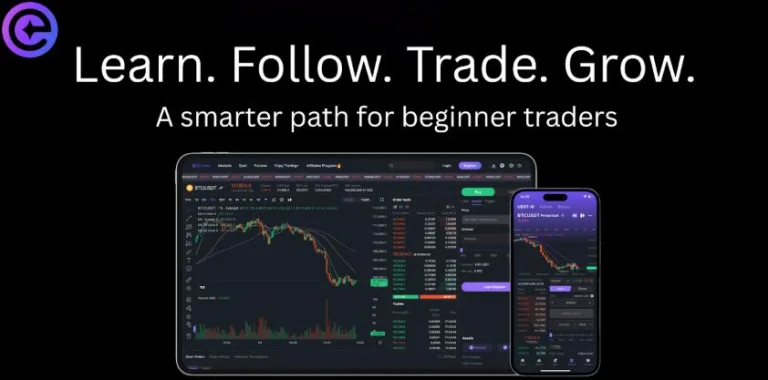Top Digital Ad Agencies: How to Choose the Right Partner for Your Brand’s Growth
It’s frustrating when ad spend climbs but results fade and tracking feels unreliable. Many e-commerce and D2C teams have strong creative and media plans but weak links between ads and actual revenue. This guide shows you how to find an agency that fixes measurement, boosts conversion, and respects privacy.
First, explore the signs that separate good partners from poor ones. Then, review a checklist of essential server-side tagging, first-party data collection, and clear attribution. Finally, learn straightforward onboarding steps so the early months deliver quick wins and consistent reporting.
You’ll also get key questions to ask, plus what to expect in pricing and contracts. The focus is on balancing creative skill with data and engineering strength when choosing among top digital ad agencies. Use this guide to compare options, make faster decisions, and select a partner who drives measurable business outcomes.
Why Hire a Digital Ad Agency
Most brands work with an agency because it speeds execution, adds specialist skills, and brings outside perspective. Top agencies combine creative, media buying, analytics, and technology to ensure campaigns reach the right audience and generate measurable revenue. That combination matters more now because measurement and privacy requirements have changed how ads are tracked and measured.
If growth depends on measurable outcomes rather than impressions alone, partnering makes sense.
What the Best Agencies Do for Growth
Not all agencies deliver the same mix of services. The best ones provide an integrated stack: creative strategy, channel planning (search, social, programmatic, CTV), measurement and attribution, and the technical work to gather reliable data (server-side tagging, first-party capture).
Key capabilities to look for:
- Strategy and creative that reflect brand and conversion goals.
- Channel expertise (programmatic, connected TV, paid social, search).
- Measurement and data engineering: server-side tagging, first-party data capture, and linking ad outcomes to revenue.
- Compliance and consent mechanisms for GDPR/CCPA-style rules.
- Reporting that maps to business KPIs (revenue per visitor, ROAS, conversion rate).
An agency that mixes creative and technical skills will be better positioned to drive measurable growth.
Privacy, Cookies, and Why It Matters
Ad measurement has been shifting as browsers and regulators limit third-party tracking. That makes first-party data and server-side approaches central to accurate attribution and ad targeting. Many brands are transitioning to privacy-first setups to maintain measurement while safeguarding user data.
When evaluating agencies, prioritize teams that show a clear path to preserving measurement without relying on fragile third-party cookies.
A Practical Checklist to Evaluate “Top Digital Ad Agencies”
Use this checklist in calls, proposals, and RFPs to objectively compare partners:
Mandatory items (yes/no):
- Case studies demonstrating measurable lift for brands of similar size or vertical.
- Clear measurement plan: which KPIs, how attribution will work, and what tools will be used.
- Tech stack compatibility: analytics platform, tag management, CDP/CRM integration.
- Data governance plan: consent management, data retention, and security.
- Transparent pricing and scope (media fees, management fees, creative fees).
Nice-to-have:
- Experience with server-side tagging and first-party identity strategies.
- Demonstrated success with cross-channel measurement (search + social + CTV).
- An internal analytics team and engineers who can integrate with your systems.
Score each agency on these items and weight the factors that matter most to the business (e.g., measurement vs. creative).
Questions to ask during discovery
These questions reveal the agency’s process and how it handles technical and business challenges:
- What specific KPIs will define success for our account, and how will these be measured?
- How do you handle attribution across channels and devices? Will you support server-side tagging or first-party data capture?
- Describe a recent campaign where the outcome improved after switching attribution or tracking methods.
- Which tools do you use for reporting, and how frequently will dashboards be updated?
- Who will be on the execution team, and how often will the team meet with internal stakeholders?
- How do you manage user consent and regulatory compliance for ad personalization?
Request specific examples and ask for access to live dashboards or anonymized reports when possible.
Pricing Models and Contract Items to Watch
Agencies commonly use several billing models. Pick the model that aligns incentives with results.
Common models:
- Percentage of media spend: simple, but may be biased towards higher media budgets.
- Fixed retainer: predictable monthly cost for a defined scope.
- Performance bonus: base fee plus bonuses tied to agreed KPIs (ROAS, CPA).
- Hybrid: many teams use a blend.
Contract items to include:
- Clear KPIs and reporting cadence.
- Term length and exit clauses (notice, data handover).
- Ownership of creative and data (confirm the brand retains copies and access).
- SLAs for campaign launches, tag deployments, and troubleshooting.
A contract that ties compensation to measurable outcomes reduces misalignment.
Red Flags and What to Avoid
Some behaviors indicate potential problems early:
Watch for:
- Vague answers about measurement or “proprietary” attribution with no proof.
- No engineers or analytics experts on the proposed team.
- Lack of documented case studies or testimonial evidence.
- Over-reliance on third-party cookies with no fallback plan.
Red flags are best validated by asking for references and recent campaign performance data.
How to Onboard an Agency So Early Months Deliver Value
Onboarding is where strategy becomes action. A focused first 90 days should fix tracking, prioritize quick wins, and align reporting.
Suggested 90-day plan:
- Week 0–2: Technical audit tag map, data flows, consent checks, media tagging.
- Week 3–6: Launch 1–2 test campaigns focused on clear KPIs (ROAS, CAC).
- Week 7–12: Optimize, expand channels, and implement server-side or first-party capture where needed.
- Monthly: Review performance, iterate, and expand successful tactics.
Aim for early wins while building the foundation for scalable measurement.
Top Selection Priorities for E-Commerce & D2C Brands
If the business sells online, these priorities frequently matter most.
Top priorities:
- Accurate attribution to tie ad spend to orders and lifetime value.
- First-party data capture to personalize visits and recover lost measurement from cookie changes.
- Ability to run experiments (creative and media) and show lift.
Select the partner that combines technical expertise with a creative approach that understands the nuances of selling products online.
Conclusion
Choosing among the top digital ad agencies is less about flashy promises and more about finding a partner who understands how to connect strategy, creative, and data into measurable results. The right agency will have the technical skill to navigate privacy changes, the creativity to engage audiences, and the discipline to tie every campaign back to your business goals.
Approach the search with a clear checklist, ask precise questions, and look for proof in real-world outcomes. When you select a team that aligns with your priorities and can execute with both accuracy and agility, you set the stage for sustained growth and a marketing program that consistently delivers.




